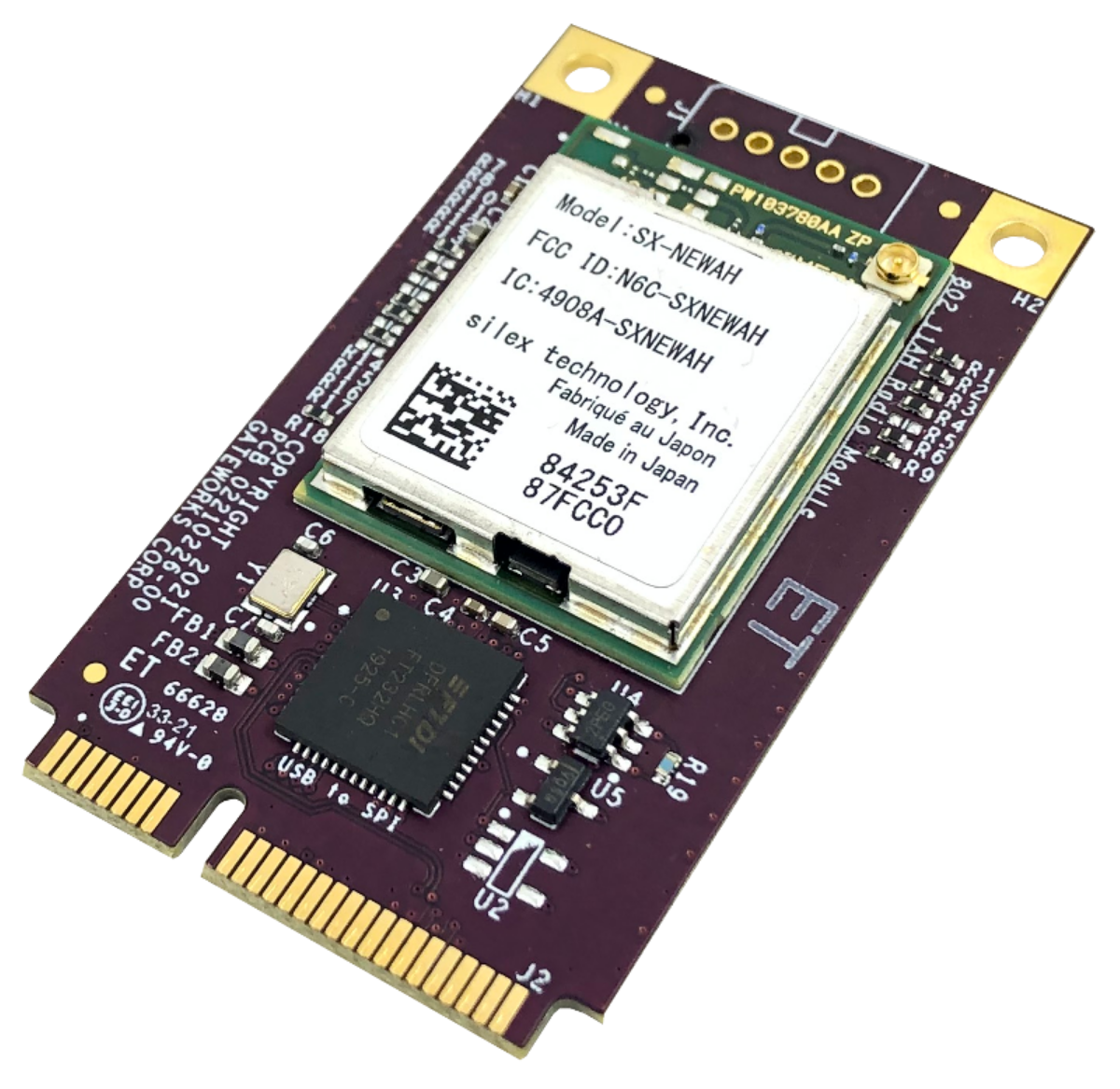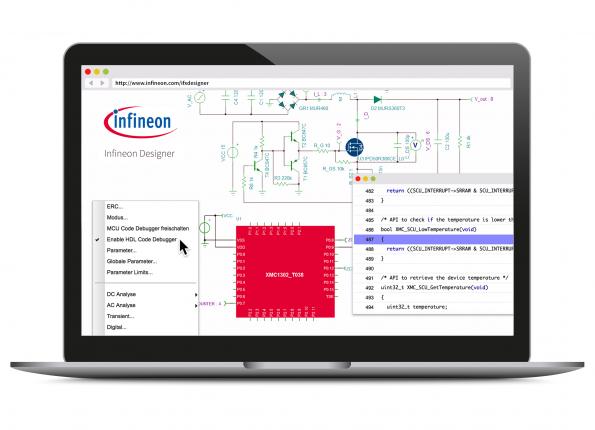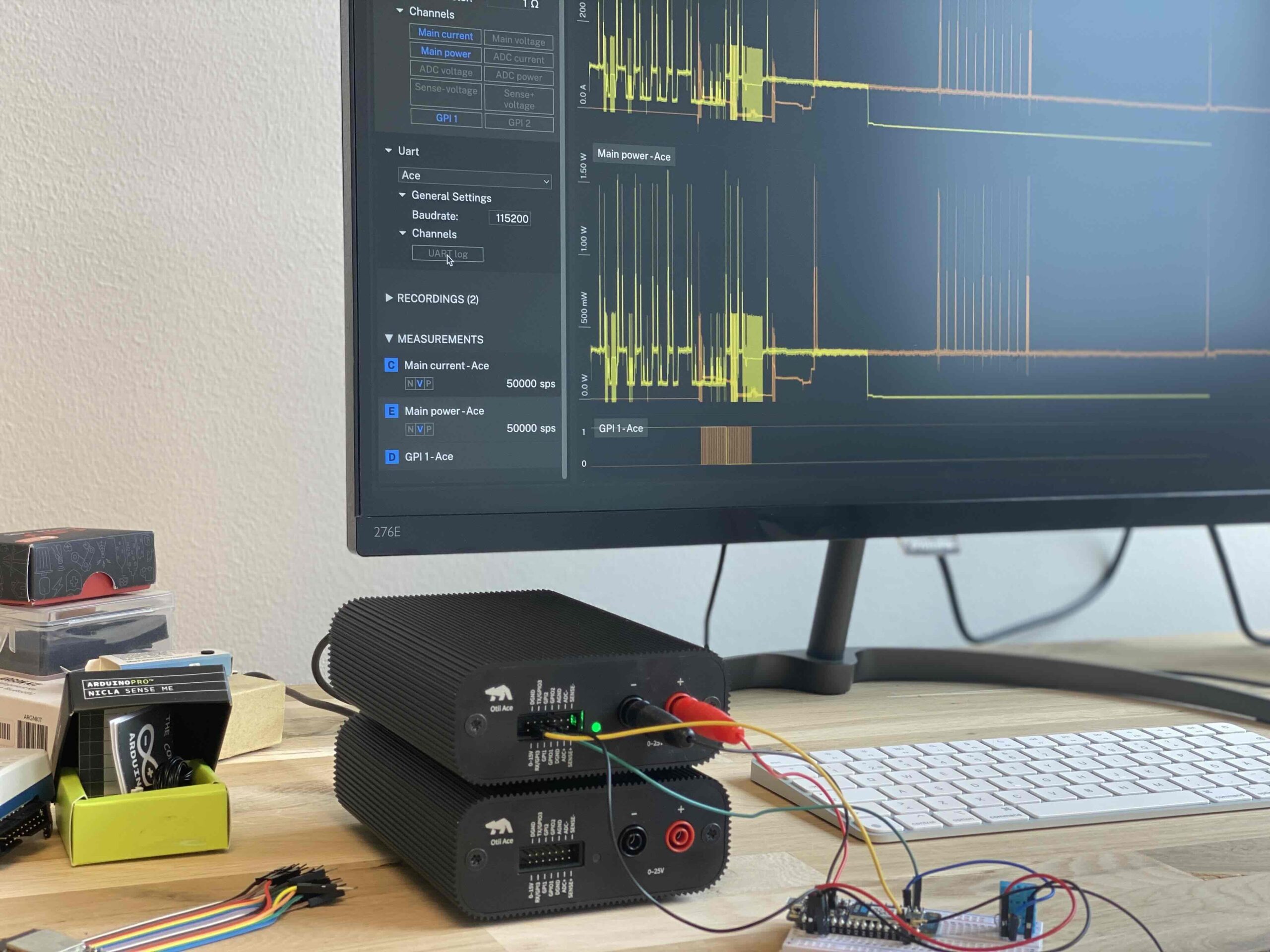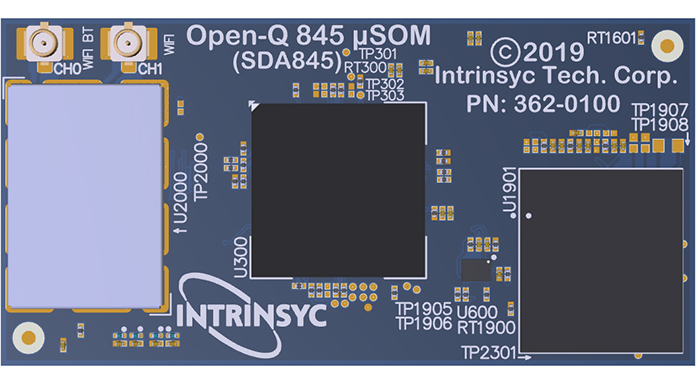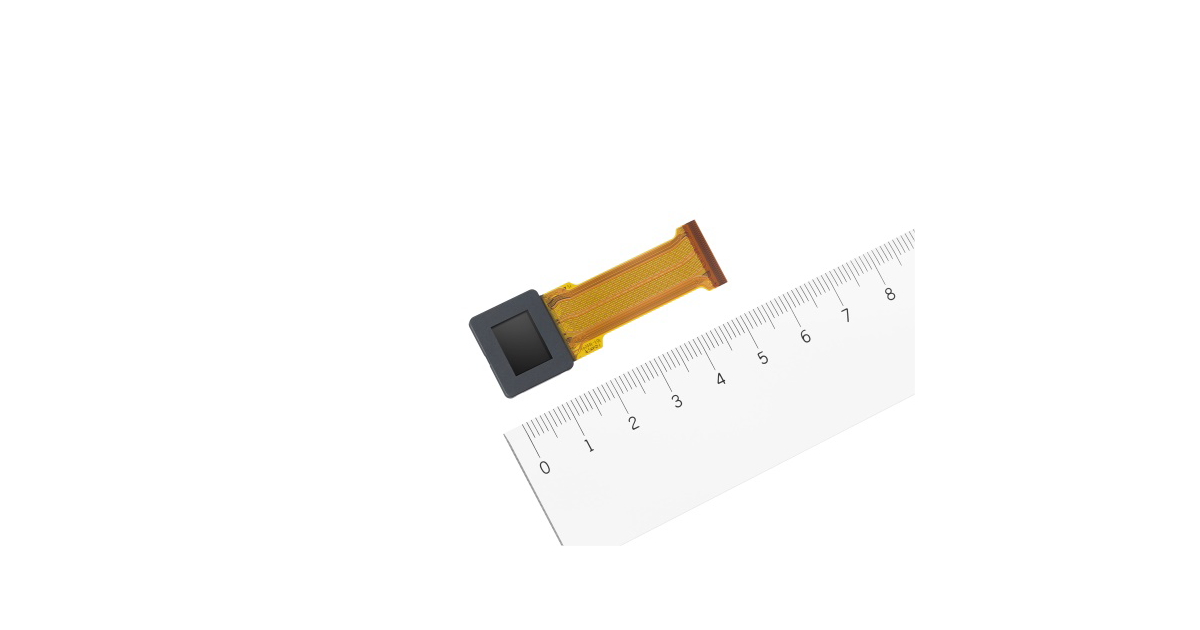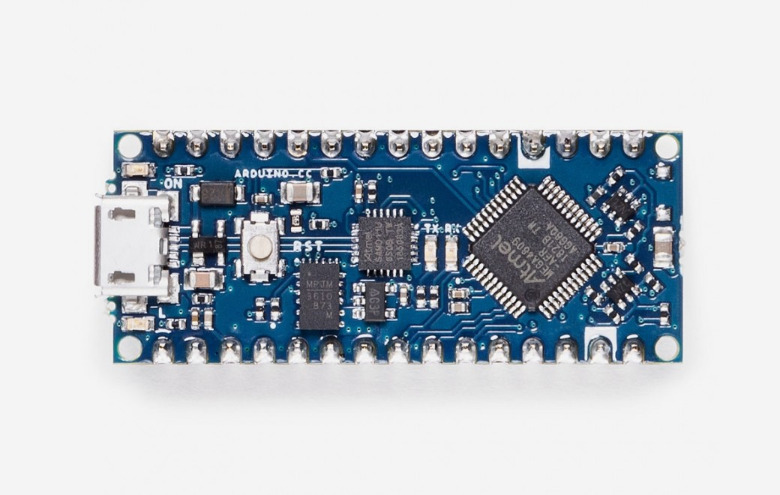
Arduino has announced a new set of boards to the Ardunino Nano family. The boards were on display last weekend at Maker Faire Bay Area in San Mateo at the Arduino booth. Banzi also delivered a talk on “The State of Arduino” at the Faire’s Center Stage. The new family of Arduino Nano boards includes: the Arduino Nano Every, the Arduino Nano 33 IoT, the Arduino Nano 33 BLE, and the Arduino Nano 33 BLE Sense.
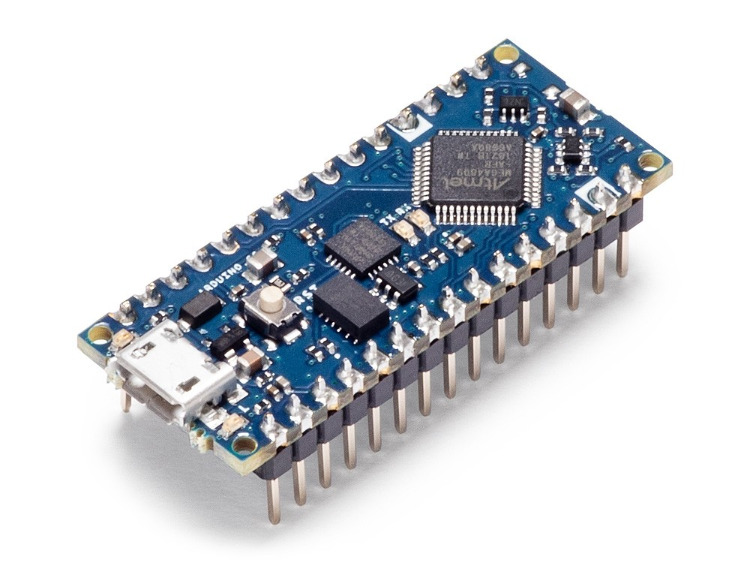
The Arduino Nano Every features a ATmega4809, which is much more powerful Microchip than the ATmega328P found in the original Arduino Nano. The Ardunino Nano Every enables a Microchip ATSAMD11 Arm Cortex-M0+ processor for USB to serial communications. The Nano Every is Arduino’s 5V compatible board in the smallest available form factor: 45x18mm! The small footprint and low price, makes the Nano Every suitable for wearable inventions, low-cost robotics, electronic musical instruments, and general use to control smaller parts of a larger projects. The board comes in two options: with or without headers, allowing you to embed the Nano Every inside any kind of inventions, including wearables. The board comes with tessellated connectors and no components on the B-side. These features allow you to solder the board directly onto your own design, minimizing the height of your whole prototype.
Specification include:
- Operating Voltage ; 5V
- VIN min-MAX7; 21V
- DC Current per I/O Pin ; 20 mA
- DC Current for 3.3V Pin ; 50 mA
- Clock Speed ; 20MHz
- CPU Flash Memory ; 48KB (ATMega4809)
- SRAM ; 6KB (ATMega4809)
- EEPROM ; 256byte (ATMega4809)
- PWM Pins ; 5 (D3, D5, D6, D9, D10)
- UART ; 1
- SPI ; 1
- I2C ; 1
- Analog Input Pins ; 8 (ADC 10 bit)
- Analog Output Pins ; Only through PWM (no DAC)
- External Interrupts ; all digital pins
- LED_BUILTIN ; 13
- USB ; Uses the ATSAMD11D14A (datasheet)
- Length ; 45 mm
- Width ; 18 mm
- Weight ; 5 gr (with headers)
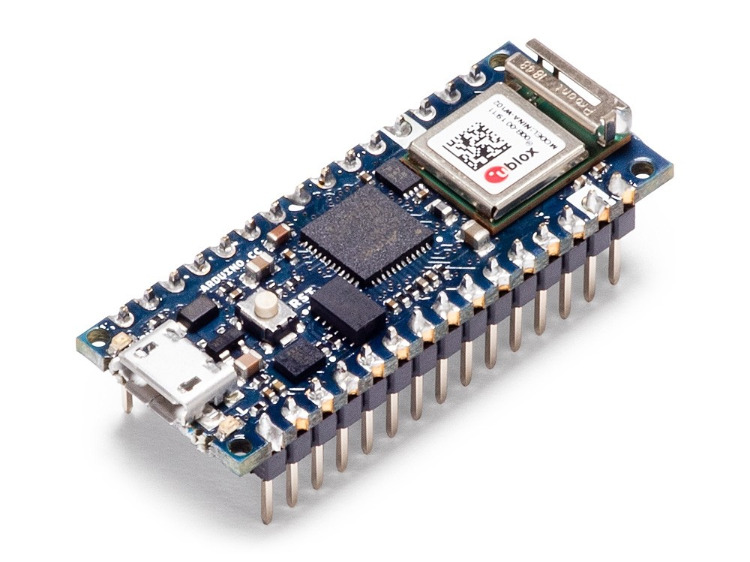
The Arduino Nano 33 IoT is based on a low power Arm® Cortex®-M0 32-bit SAMD21. The WiFi and Bluetooth® connectivity is performed with a module from u-blox, the NINA-W10, a low power chipset operating in the 2.4GHz range. Secure communication is ensured through the Microchip® ECC608 crypto chip. Available also is a 6 axis IMU, which makes them board perfect for simple vibration alarm systems, pedometers, relative positioning of robots, etc.
Specifications include:
- Microcontroller ; SAMD21 Cortex®-M0+ 32bit low power ARM MCU
- Radio module ; u-blox NINA-W102
- Secure Element ; ATECC608A
- Operating Voltage ; 3.3V
- Input Voltage (limit) ; 21V
- DC Current per I/O Pin ; 7 mA
- Clock Speed ; 48MHz
- CPU Flash Memory ; 256KB
- SRAM ; 32KB
- EEPROM ; none
- Digital Input / Output Pins ; 14
- PWM Pins ; 11 (2, 3, 5, 6, 9, 10, 11, 12, 16 / A2, 17 / A3, 19 / A5)
- UART ; 1
- SPI ; 1
- I2C ; 1
- Analog Input Pins ; 8 (ADC 8/10/12 bit)
- Analog Output Pins ; 1 (DAC 10 bit)
- External Interrupts ; All digital pins (all analog pins can also be used as interrupt pins, but will have duplicated interrupt numbers)
- LED_BUILTIN ; 13
- USB ; Native in the SAMD21 Processor
- IMU ; LSM6DS3
- Length ; 45 mm
- Width ; 18 mm
- Weight ; 5 gr (with headers)
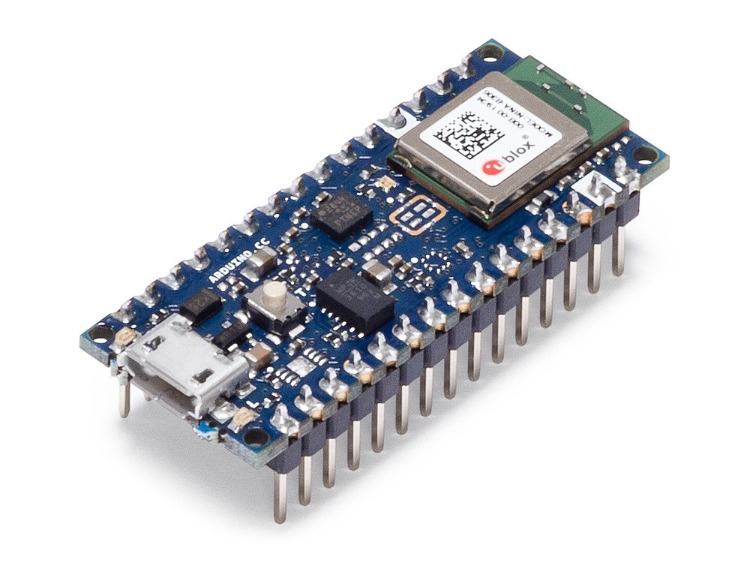
The Arduino Nano 33 BLE is a completely new board on a well-known form factor. It is equipped with an embedded 9 axis inertial sensor that makes the board ideal for wearable devices, but also for a large range of scientific experiments in the need of short-distance wireless communication. The Arduino Nano 33 BLE is different from the Nano Every and Nano 33 IoT. It is not based around a Microchip processor, rather it is equipped with a u-blox NINA B306 module, which is built on top of a Nordic nRF52840, an Arm Cortex-M4F. The Nano 33 BLE even has a 9-axis IMU on board. The board features a 32-bit ARM® Cortex™-M4 CPU running at 64 MHz. This will enable you to make larger programs than with the Arduino Uno (it has 1MB of program memory, 32 times bigger), and with a lot more variables (the RAM is 128 times bigger). The main processor includes other amazing features like Bluetooth® pairing via NFC and ultra low power consumption modes.
Specifications include:
- Microcontroller ; nRF52840
- Operating Voltage ; 3.3V
- Input Voltage (limit) ; 21V
- DC Current per I/O Pin ; 15 mA
- Clock Speed ; 64MHz
- CPU Flash Memory ; 1MB (nRF52840)
- SRAM ; 256KB (nRF52840)
- EEPROM ; none
- Digital Input / Output Pins ; 14
- PWM Pins ; all digital pins
- UART ; 1
- SPI ; 1
- I2C ; 1
- Analog Input Pins ; 8 (ADC 12 bit 200 ksamples)
- Analog Output Pins ; Only through PWM (no DAC)
- External Interrupts ; all digital pins
- LED_BUILTIN ; 13
- USB ; Native in the nRF52840 Processor
- Length ; 45 mm
- Width ; 18 mm
- Weight ; 5 gr (with headers)
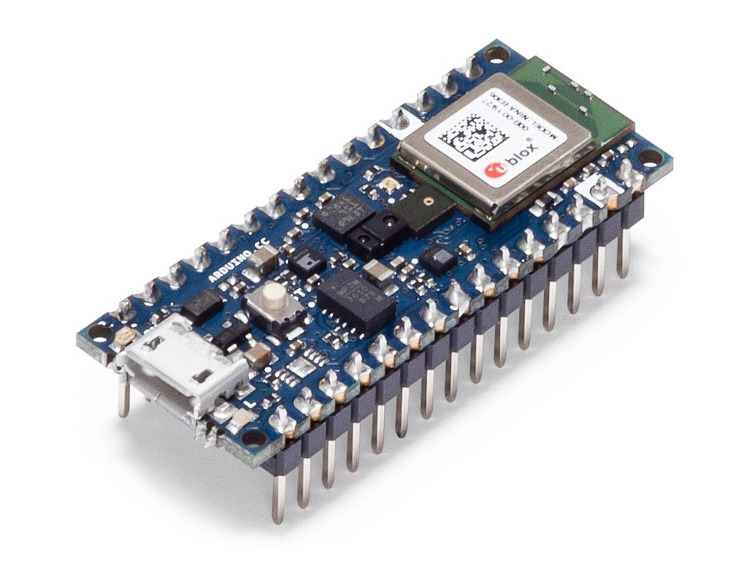
The new Arduino Nano 33 BLE Sense is also built around the u-blox NINA B306 module, but is equipped with a much larger set of sensors in addition to the 9-axis IMU sensors for barometric pressure, humidity and temperature, light, gesture and proximity sensor, and embedded microphone. The board features a lot more powerful processor, the nRF52840 from Nordic Semiconductors, a 32-bit ARM® Cortex™-M4 CPU running at 64 MHz. This will enable you to make larger programs than with the Arduino Uno (it has 1MB of program memory, 32 times bigger), and with a lot more variables (the RAM is 128 times bigger). The main processor includes other amazing features like Bluetooth® pairing via NFC and ultra low power consumption modes. Application of the board includes environmental sensing, or human interface applications. “The main feature of this board, besides the impressive selection of sensors, is the possibility of running Edge Computing applications (AI) on it using TinyML. You can create your machine learning models using TensorFlow™ Lite and upload them to your board using the Arduino IDE.”
Specifications include:
- Microcontroller ; nRF52840
- Operating Voltage ; 3.3V
- Input Voltage (limit) ; 21V
- DC Current per I/O Pin ; 15 mA
- Clock Speed ; 64MHz
- CPU Flash Memory ; 1MB (nRF52840)
- SRAM ; 256KB (nRF52840)
- EEPROM ; none
- Digital Input / Output Pins ; 14
- PWM Pins ; all digital pins
- UART ; 1
- SPI ; 1
- I2C ; 1
- Analog Input Pins ; 8 (ADC 12 bit 200 ksamples)
- Analog Output Pins ; Only through PWM (no DAC)
- External Interrupts ; all digital pins
- LED_BUILTIN ; 13
- USB ; Native in the nRF52840 Processor
- IMU ; LSM9DS1
- Microphone ; MP34DT05
- Gesture, light, proximity ; APDS9960
- Barometric pressure ; LPS22HB
- Temperature, humidity ; HTS221
- Length ; 45 mm
- Width ; 18 mm
- Weight ; 5 gr (with headers)
About the new boards, Massimo Banzi, co-founder of Arduino says:
“The new Nanos are for those millions of makers who love using the Arduino IDE for its simplicity and open source aspect, but just want a great value, small and powerful board they can trust for their compact projects. With prices from as low as $9.90 for the Nano Every, this family fills that gap in the Arduino range, providing makers with the Arduino quality they deserve for those everyday projects.”
The four new boards are available for pre-order on the Arduino Store. The shipping of the boards is expected soon. The boards will come with and without headers, depending on your order. Without headers the Arduino Nano Every price at $9.90, the Nano 33 IoT prices at $18.00, the Nano 33 BLE prices at $19.00, and the Nano 33 BLE Sense prices at $29.50. The. boards with headers will cost an additional $2.





